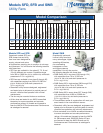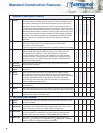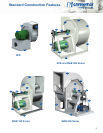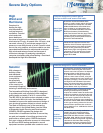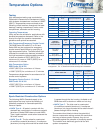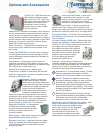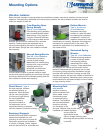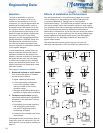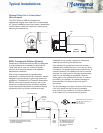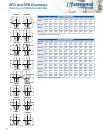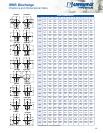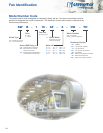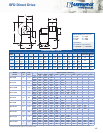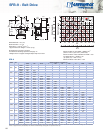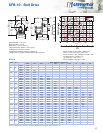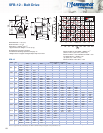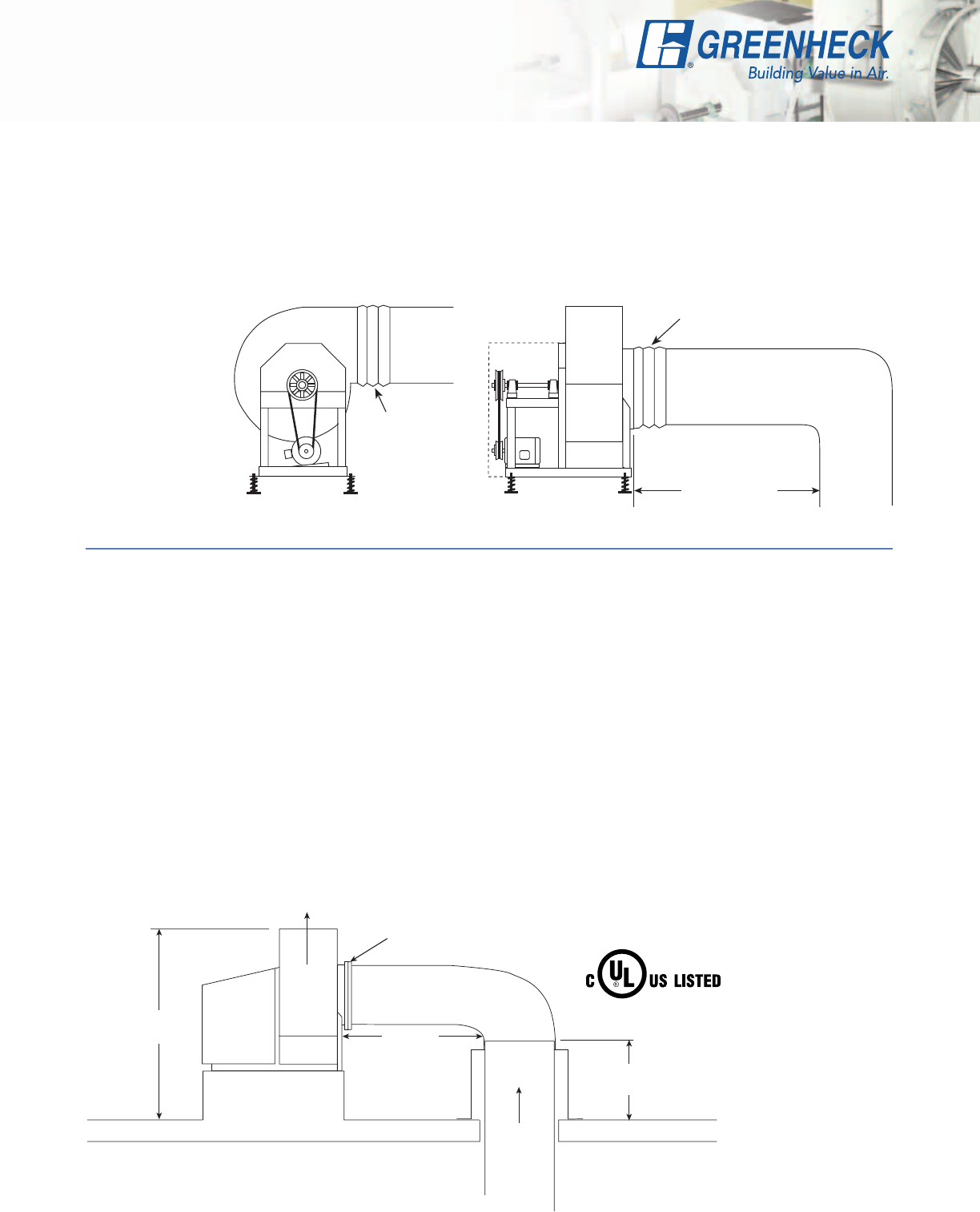
11
Typical Installations
General Clean Air or Fume Hood
(Non–Grease)
The SFD, SFB and SWB are designed for
applications ranging from clean air to contaminated
air. Typical installations are shown below. Installations
must include a means for inspecting, cleaning and
servicing the exhaust fan.
SWB Series 200 and 300 models
are listed for grease removal
(UL/cUL 762).
File no. MH11745
3 Wheel
Diameters
3 Wheel
Diameters
Flex
3 Wheel
Diameters
3 Wheel
Diameters
Flex
*18 in.
(457 mm)
Duct
From
Kitchen
Hood
Weatherhood
Per NFPA 96 the duct must
be all welded construction
to a minumum distance of
18 in. (457 mm) above the
roof surface.
*
Per NFPA 96 the fan discharge must be
a minumum distance of 40 in. (1016 mm)
above the roof surface.
**
Upblast Discharge
**40 in.
(1016 mm)
3 Wheel
Diameters
Optional
Companion
Flange
SWB, Commercial Kitchen (Grease)
Greenheck’s SWB Series 200 and 300 are designed
to meet restaurant and foodservice applications.
These fans are UL and cUL Listed for grease
removal and have been tested under elevated
temperature conditions.
Due to high temperatures and grease-laden
airstreams in commercial kitchen ventilation, system
designers must be aware of governing codes and
guidelines. The National Fire Protection Association
(NFPA) is the primary source used by many local
codes for commercial kitchen ventilation systems.
Local code authorities should be consulted before
proceeding with any kitchen ventilation project.
Installation must include a means for inspecting,
cleaning and servicing the exhaust fan.
Fans selected for grease removal must include a
weatherhood, access door and 1-inch
(25 mm) drain
connection. For grease applications where the fan is
mounted indoors, the welded scroll option must be
selected. An outlet guard is strongly recommended
when the fan discharge is accessible. When an
outlet guard is not ordered with the fan, it must be
provided by the installer. An upblast discharge is
recommended. No dampers are to be used in
the system.
The fan discharge must be a minimum of 40 inches
(1016 mm) above the roof line and the exhaust
duct must be fully welded to a minimum distance
of 18 inches (457 mm) above the roof surface.



